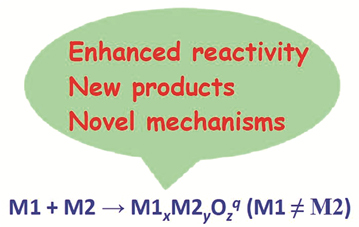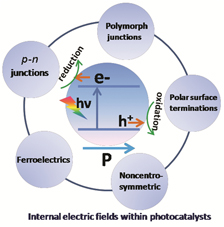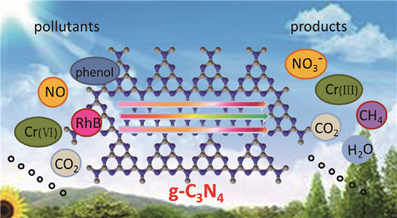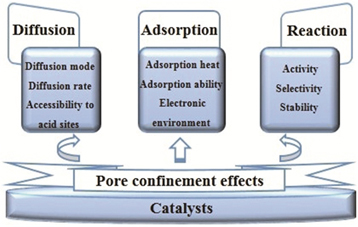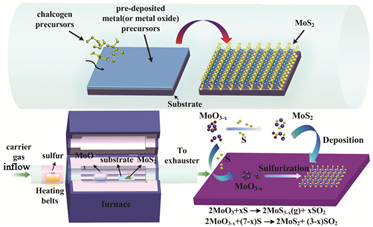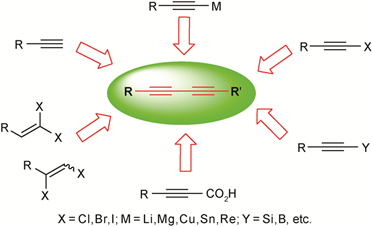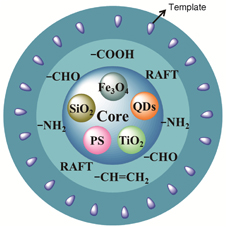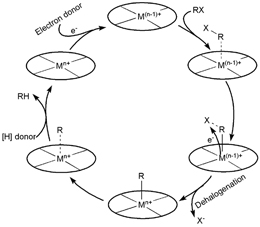Semiconductor photocatalytic technology can be used for decomposition, conservation and mineralization of environmental pollutants, so it is a long-term effective approach to purify environmental pollution. Polymer semiconductor graphitic carbon nitride (g-C
3N
4), a new-type metal-free functional material, possesses distinct electronic structure and chemical property, and has attracted a wide spread attention in clean energy conversation and chemical synthesis using solar power. In recent years, the development of g-C
3N
4 makes further progress of environmental purification research using semiconductor photocatalytic technology. In this review, some important advances using g-C
3N
4 as novel photocatalysts for environmental pollutants treatment have been reviewed, including degradation of aqueous organic pollutant, inactivation of bacteria, removal of atmospheric contaminant, detoxication of heavy metal ion, and reduction or conversation of CO
2. High efficiency and stability can be maintained during photocatalytic reaction process. For further improve the catalytic efficiency of g-C
3N
4, many works for structure optimization have been researched. Taking the utilization in degradation of organic pollutant as examples, the modifications of g-C
3N
4 for photocatalytic performance optimization are summarized, including structure optimization, surface and doping modification, composite semiconductor. The photocatalytic reaction mechanisms of g-C
3N
4 for pollutants degradation and CO
2 reduction are elucidated. In addition, the prospects for the development of g-C
3N
4 based semiconductor materials and application in environment pollutants treatment are also discussed.
Contents
1 Introduction
2 Modification of g-C3N4 photocatalysts
2.1 Structure optimization
2.2 Surface modification
2.3 Doping modification
2.4 Composite semiconductor
3 Application of g-C3N4 in envrionmental purification
3.1 Degradation of aqueous organic pollutants
3.2 Reduction of heavy metal ions
3.3 Inactivation of bacterial
3.4 Removal of atmospheric pollutants
3.5 Reduction and conservation of CO2
4 Mechanism study of g-C3N4 in degradation of environmental pollutants
5 Conclusion and outlook









